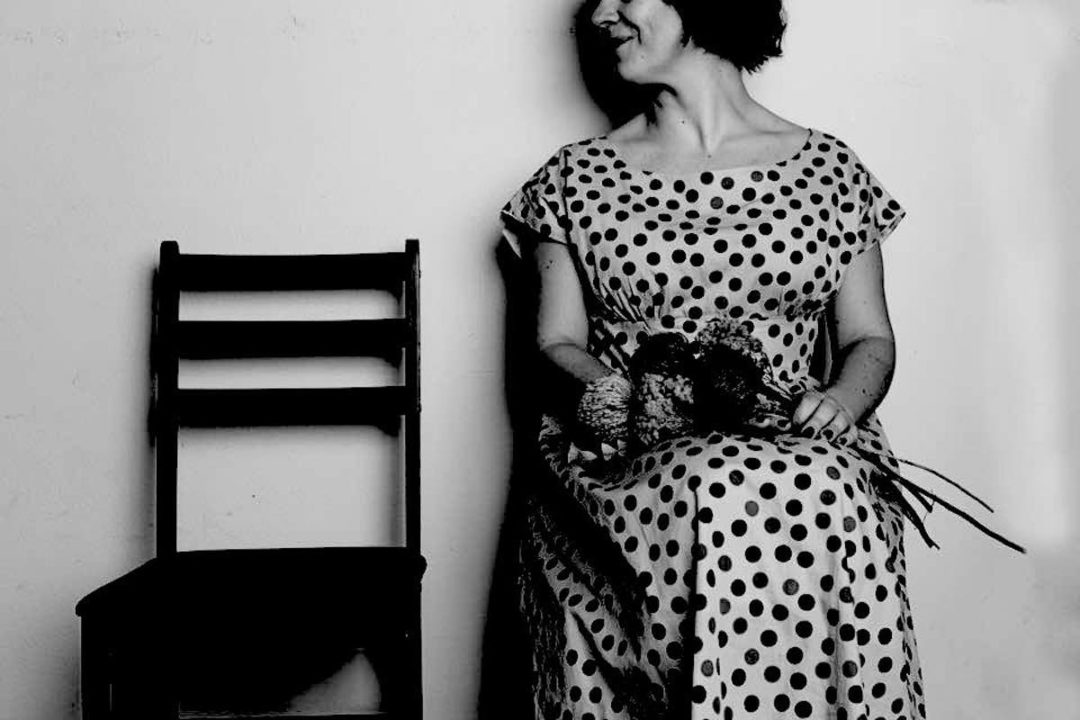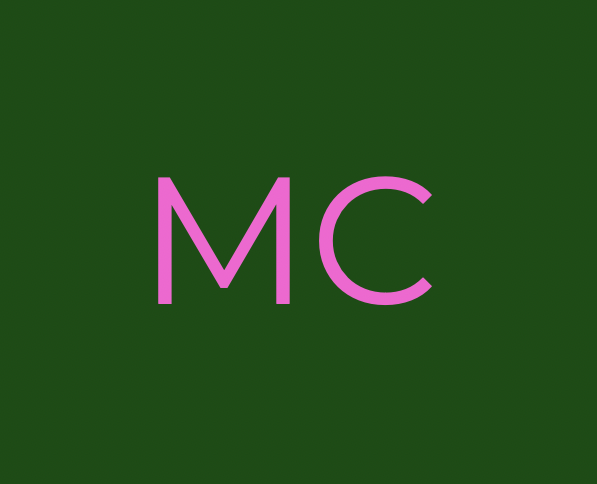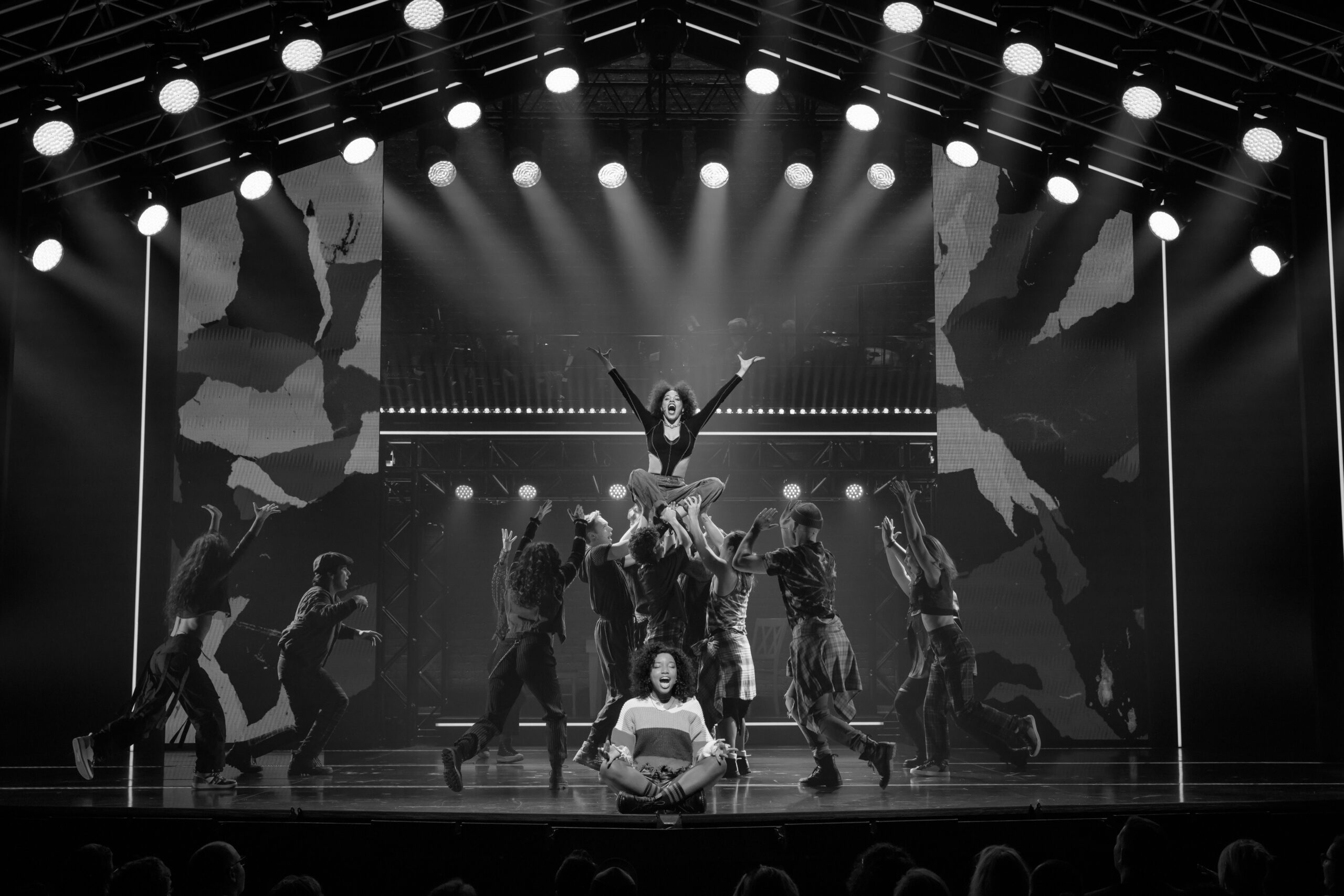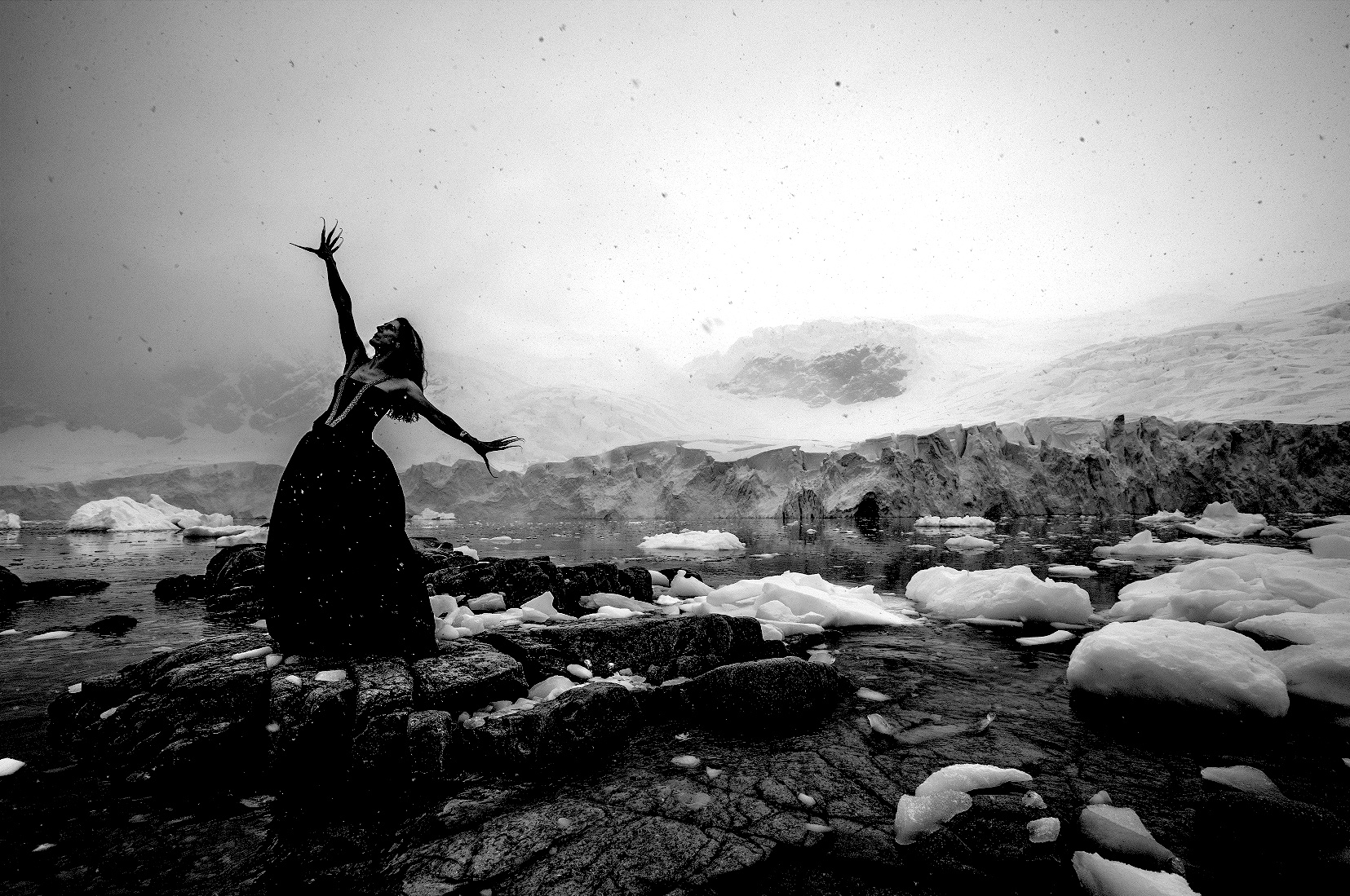WE WERE THERE

Giving voice to 15 different real-life women, through a performance given by four Melbourne actors, We Were There is unique in its perspective on HIV and AIDS. It explores the real lives and untold stories of the sisters, mothers, wives, friends, volunteers, and medical professionals who cared for those living with HIV and AIDS in the 80s and 90s, and also speaks to those living with the virus today. The Melbourne Critique spoke with Dirk Hoult; one half of Tilted Projects, the creative team behind this new work, about performance, process and personal experience.
Introduce us first to the work, what do we find at its core, the stories or concepts it explores?
We Were There is a new verbatim play that shares a number of untold stories from women who were at the coalface of HIV in Australia throughout the 80s and 90s. When you look at the canon of international works surrounding HIV and AIDS, a few reflect an Australian experience; fewer still allow for a female perspective.
So, I figured it was time to fix that. At the heart of this play we see the resilience of the Australian spirit –going against all odds. The play deals with overcoming stigma, cataloguing grief and loss, and frankly… getting on with it… which of course means something completely different for each of us. What I find so endearing about the women we interviewed for the project is that each of them chose to laugh in the face of adversity.
Talk to us about these themes from a HIV+ person’s perspective. What does it mean to live with HIV in 2017, does stigma still exist?
I was diagnosed in 2014 and while I kept myself distracted by getting my masters at VCA, I also spent the last three years dealing with heavy bouts of depression and coming to terms with my own internalised stigma. A lot has changed, and I’ve learned to ignore the haters and others’ opinions of me or what I do, and I believe that’s really helped me develop as an artist. Dealing with stigma is tough though. The hardest thing, when disclosing, is seeing people’s involuntary reaction of fear – or worse, pity. I’ve had friends whose behavioral change was instant, and that’s hard to take. But it gets easier, and life gets better.
The stigma that exists today It’s nothing compared to what people had to deal with them in the 80s and 90s. On many levels, We Were There, is paying it forward for all of those that have gone before us. What concerns me most today is people’s complacency around sexual health. We Were There, introduces us to women who didn’t have a choice, who couldn’t have protected themselves even if they wanted to because they didn’t know what they were protecting themselves from. I’ve heard too many people say, “but it’s only a pill a day now anyway” – The reality of the situation is very different. Wrap it in plastic – get on the pill – get tested – and let’s end HIV and stigma together.
What is the process behind this work: how long has it taken to it put together and who have you worked with to create it?
It’s taken a couple of years to get to where we are today. We started talking about the project in 2015 and began contacting and interviewing our participants at the end of 2016, spending much of 2017 doing the same. Each interview has been carefully transcribed to reflect the vocal nuances of each speaker, paying close attention to their emotional delivery, tonal inflection, breath, and thought change.
This information provides interesting insight into the created characters and will, no doubt, inform the actors’ work whether we chose to further use it in rehearsals or not.
In August, we employed the services of four actors (Geraldine Quinn, Naomi Rukavina, Perri Cummings, and Olivia Monticciolo), to join us for a two-week creative development of the text. This culminated in a public reading of the play at Chapel Off Chapel. We learnt a lot from that experience, none of which would have been possible without the support of the Stonnington City Council.
“Community Theatre” what does this mean to you, and does this work fit within such binary, what is the power of theatre?
For me the term ‘community theatre’ sits more in the realm of describing your local town players such as Clock, or Stage Art. They give people in the community an opportunity to be on stage in their favourite musicals and such. Often times the production values for these shows is just amazing.
We Were There, is community focused independent theatre. It’s holding a mirror up to society and asks it to think about what it reflects … well, this is also for the audience to decide. This is theatre WITH community, and we’ve been working hand in hand with the projects’ participants to make sure that our representations come from a place of integrity and respect. This play wouldn’t have been possible without the support and advice of Living Positive Victoria, and the Positive Living Centre. Every now and then a piece of theatre comes along that shows us something else… that ads to the conversation about an issue or a local interest. We Were There, has the potential to open our eyes; to help us see the bigger picture regarding HIV in Australia and to help encourage change within our community.
A world without art would be?
A world without art wouldn’t be one worth living in… but frankly a world without art… simply couldn’t exist. The human race is built upon story telling; on sharing stories of both fact and fiction, through word of mouth, to entertain and educate. Humans are multifaceted creatures and we need to be able to express ourselves in as many ways as possible – through our art, our music, and our words. It’s a great privilege that we are able to continue this tradition on the lands of the Kulin Nation. Our first peoples have been doing the same for tens of thousands of years – It’s important that we acknowledge this.
Walking away from this performance what do you hope audience may have acquired, felt or experienced?
More than anything, I want audiences to leave the theatre feeling uplifted and loved. I would like them to feel like they’ve actively participated in an experience of social change, and hopefully a bit wiser to how far we’ve come in the fight against HIV. This show isn’t all about facts and figures. It is not about scare tactics to encourage better safe sex practices and it’s not intentionally “educational.” It’s simply about sharing the experiences of these women whose stories, without this project may well have been forgotten. The women we’re representing on stage are bloody legends – they’re funny, they’re misfits, they’re larrikins, they’re powerful, they’re perceptive, they’re honest and they’re kind. Most of all – these women are brave. If this project affects one person enough to leave the theatre with a sense of permission to tell their own story, or the confidence to go and talk about HIV and AIDS in an active and productive way, without fear or prejudice… we would have succeeded.





